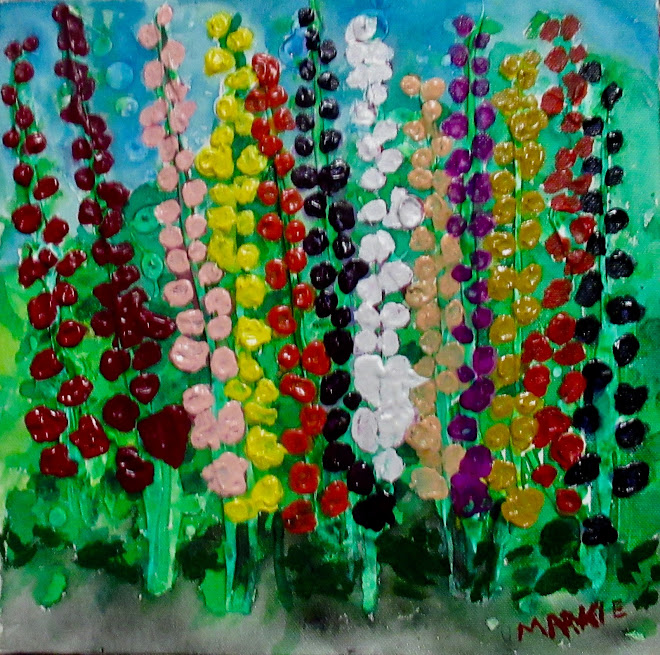Mine is a simple existence: I get up early, I work all day and I retire to bed while the sun is still shining, at least in the summer time. I do not clock in, I have no boss and I am on-salary, which means I get paid the same each month, whether I spend my time pitch-forking soil, manicuring cannabis or processing tomatoes.
 |
| Processing marinara sauce |
I work until I can work no longer; sometimes that is at five in the afternoon, and sometimes it is at noon. No one is keeping track and no one especially cares. I spent somewhere in the neighborhood of forty hours building SmallBoy’s power shed recently, spread out over three weeks.
I spent probably the same length of time processing four different kinds of after-market tomato products. Of the two jobs, surprisingly, processing tomatoes is the harder, physically, because of discomfort that sets in whenever I work at the kitchen counter.
In either case it’s all part of the master plan. For someone who professes to live in the moment, I did a good job of looking towards the future, when I first got out of the army at age 21, when I pursued the goal of obtaining a parcel of land.
I had a dream back then, one which saw me getting out of the Los Angeles Basin, and up to Northern California. My dream was not one which took place while I was asleep, but slowly grew and took form as I corresponded with various siblings about a shared vision, from 7,000 miles away.
We saw ourselves acquiring land after migrating up north, once we had finished school. I was attending San Jose State University, after relocating to San Jose to help facilitate the search, while investigating available tracts of land all over NorCal.
I recall one such venture, when I and a couple of my brothers, with their respective significant others, responded to an ad for a ten-acre parcel somewhere in Marin County. It was autumn, the ground was parched and we had to pass through three different locked gates to get to the prospective piece.
This tract of land was uninspiring, being not only dry, but rocky as well. Everywhere we walked, there were areas covered with outcroppings of rocks pushing their way up from the depths below. There were oak trees scattered sparsely, but not much in the way of vegetation.
Nancy, a science major at San Jose State, was bothered by the telltale green streaks in the soil she kept seeing. “Serpentine soil,” was her assessment, a term I had never heard before, but one which would bode ill for growing gardens, at any point down the line.
 |
| Serpentine soil |
As we drove out of the maze, following the real estate agent who had escorted us to the site, we conferred briefly, agreeing unanimously that we had not found that which we were seeking. As I remember, we continued our search that same day, circling around to East Bay, where we checked out one more piece of land, before returning home.
Though not discouraged, we also recognized that we needed to expand our horizons, which included a trip up to Brook Trails, in Willits, to look over a ridiculous piece, which went straight down one steep hillside, and back up the other side.
Clearly dismayed, we surveyed the impossible terrain and inquired, “Exactly where are we supposed to build a house?”
The real estate agent looked at us and said with a perfectly straight face, “You know, they’re doing a lot of stuff with pole-construction.”
This time we did not try to hide our disappointment. “We’re talking about building homes here, growing our own food and raising kids. Where are you coming from?”
It was not until years down the line that we understood where the dude was coming from: He thought we were looking for land to grow cannabis on. From that vantage point, he may very well have been accurate.
As fate would have it, we were only minutes away from a San Francisco Chronicle ad, which told of a ranch in Northern Mendocino County, being broken up into twenty and forty-acre parcels. We contacted the real estate office to set up a time, piled into Noel's VW van (named Molly) and made the five-hour trek from San Jose to Bell Springs Road for the first time. This was in the fall of 1975.
We made several more trips up to the Bell, one of them in December, when we were inundated with one of those classic blowers, coming in on the Pineapple Express from the South Pacific. Drenched, we made our way up to the rancher’s sprawling home, about three more parcels up the road. The rancher had been born in that house, back in the 1920's.
He was more than just neighborly. Inviting us to gather around his glowing wood stove, while we thawed out, he also offered libation, of a most warming nature. This happened to be a trip when my father came with us, after flying from La Puente in SoCal, to San Jose, where we had picked him up on our way out of Dodge.
Papa and Jerry, the rancher, were more or less the same age, and got along famously, in that first of many times they would share a snort or two of good bourbon.
Jerry did warn us, however, not to be fooled by all of the running water, which coursed along every possible avenue in the downpour. “Next August, this land will be all brown and there will be no running water, anywhere.”
He was right, of course, but we weren’t skeered and inked our names shortly afterward on three 20-acre parcels. Considering there was no water source on two of the three parcels, you might feel we got somewhat ripped off.
What do you think? Was four hundred dollars an acre too much?
















No comments:
Post a Comment